Los Angeles has always been a city wrapped in stories. From the golden age of Hollywood to the modern tech boom, LA has collected more myths than a Greek epic. Some of these tales have roots in reality, while others sprouted from pure imagination and grew wild in the California sun.
The truth about LA sits somewhere between the extremes most people imagine. It’s neither the paradise nor the wasteland that popular culture often portrays. Here is a list of 15 Los Angeles myths that deserve a closer look at what’s actually happening behind the palm trees and traffic jams.
Everyone in LA is Trying to Be an Actor

The stereotype of every barista and Uber driver chasing their Hollywood dreams is way overblown. Sure, LA attracts aspiring performers, but the city’s economy runs on aerospace, technology, fashion, and international trade. Most people here work regular jobs just like anywhere else.
The entertainment industry employs fewer than 150,000 people in a metro area of nearly 13 million residents. Your server might be studying engineering at UCLA rather than memorizing lines for their next audition.
LA Has No Public Transportation

This myth probably stuck around from the 1990s when LA’s transit system was pretty limited. Today, the Metro system includes buses, light rail, and subway lines that connect most major areas of the city. The Purple Line extension and other recent projects have made getting around without a car much more realistic.
While it’s not New York’s subway system, millions of Angelenos use public transit daily. The real issue isn’t that it doesn’t exist, but that many newcomers don’t know how to navigate it effectively.
Like Travel Pug’s content? Follow us on MSN.
It Never Rains in Southern California
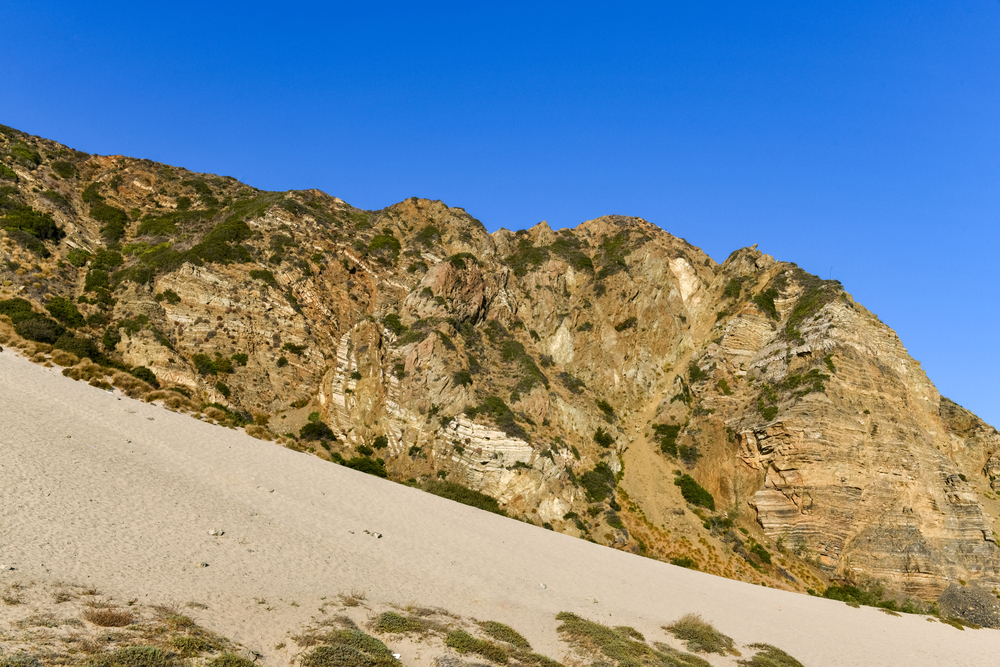
Albert Hammond’s famous song might have convinced the world that LA is permanently sunny, but the city gets about 15 inches of rain per year. Most of it falls between November and March, often in dramatic downpours that can flood streets and cause mudslides.
When it does rain, the whole city seems to forget how to drive, leading to some spectacular traffic disasters. The dry summers definitely dominate the weather pattern, but winter storms can be surprisingly intense.
Hollywood is the Center of the Film Industry

While Hollywood Boulevard gets all the tourist attention, most actual movie and TV production happens elsewhere in LA. Studios spread across Burbank, Culver City, and other neighborhoods handle the bulk of the work.
Many productions have moved to places like Atlanta, Vancouver, and New Mexico for tax incentives. The famous Hollywood sign overlooks more souvenir shops and tour buses than active film sets. Real industry professionals often avoid the touristy Hollywood area entirely.
Everyone Drives a Convertible

The convertible thing is mostly a movie myth that refuses to die. Most Angelenos drive practical cars like SUVs, sedans, and hybrids, just like people everywhere else. The year-round sunshine does make convertibles more practical than in snowy climates, but they’re still a small fraction of vehicles on LA freeways.
Traffic jams in 90-degree heat aren’t exactly convertible weather anyway. You’re more likely to see a Tesla than a classic convertible cruising down Sunset Boulevard.
Like Travel Pug’s content? Follow us on MSN.
The Traffic is Always Terrible
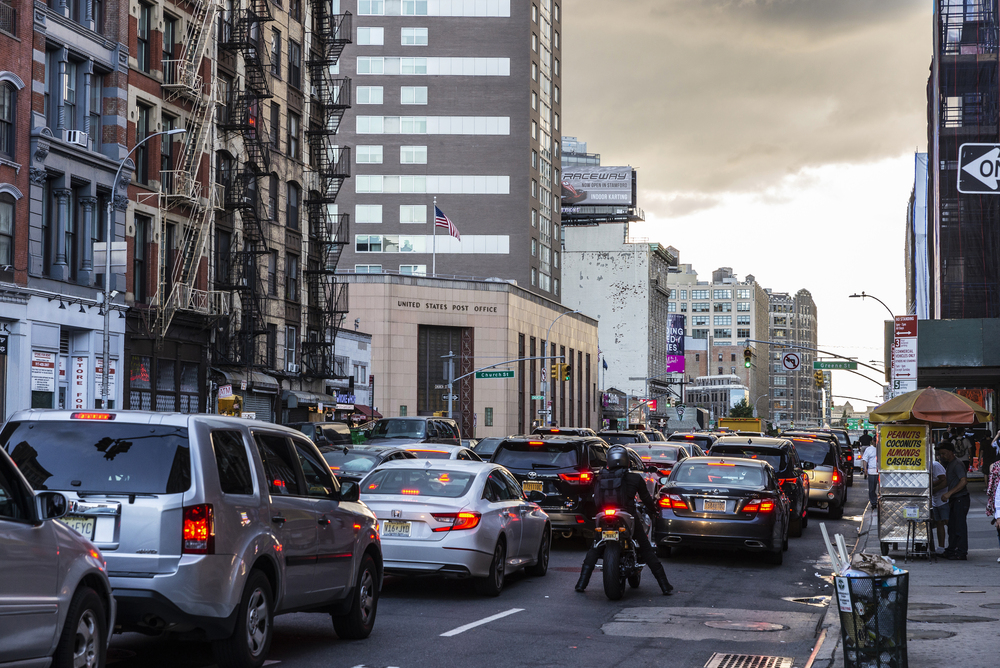
LA traffic definitely has its moments, but it’s not a 24-hour nightmare. Rush hours hit hardest between 7-9 AM and 5-7 PM on weekdays, much like other major cities. Weekends, holidays, and off-peak hours often feature surprisingly smooth driving.
The key is knowing when and where to travel, plus having backup routes ready. Many locals have figured out how to work around the worst congestion, leaving the traffic horror stories mainly to visitors and new residents.
You Can’t Walk Anywhere
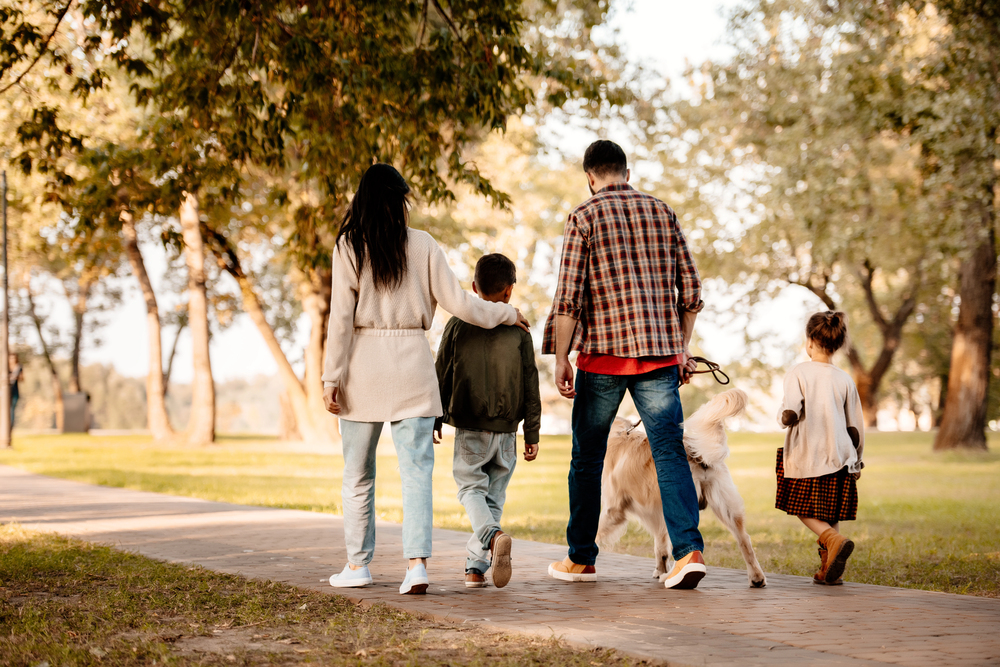
This myth ignores entire neighborhoods designed for pedestrians. Areas like Santa Monica, West Hollywood, and downtown LA offer plenty of walkable streets with shops, restaurants, and entertainment. The beach communities have boardwalks and bike paths that stretch for miles.
Even suburban areas often have walkable pockets around shopping centers and community hubs. The challenge isn’t that walking is impossible, but that the city is so spread out that you need to pick your neighborhoods carefully.
LA is All Beaches and Palm Trees
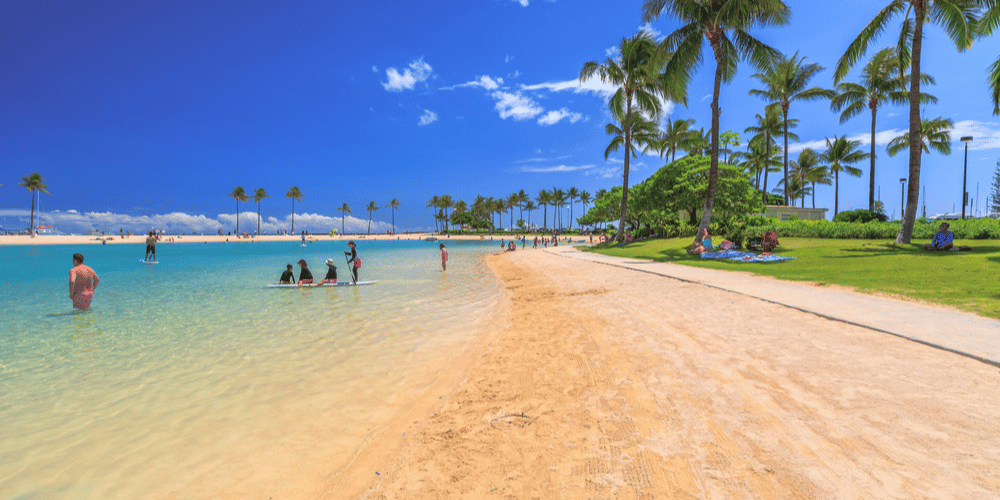
The popular image of LA as one giant beachside paradise misses the mountains, deserts, and urban landscapes that make up most of the region. Only a small portion of the metro area actually touches the ocean. Inland areas can be quite different from the coastal communities, with different weather patterns and terrain.
The San Gabriel Mountains rise to over 10,000 feet just an hour from downtown. Many residents live miles from the nearest beach and rarely visit the shore.
Like Travel Pug’s content? Follow us on MSN.
Everyone is Obsessed with Appearance

While LA certainly has its share of image-conscious people, most residents care more about their careers, families, and hobbies than looking perfect all the time. The entertainment industry’s influence creates pockets where appearance matters more, but that’s true in fashion-focused cities worldwide.
Regular neighborhoods look pretty much like regular neighborhoods anywhere else. The gym culture is strong, but it’s often more about health and stress relief than vanity.
It’s Impossible to Afford Living There
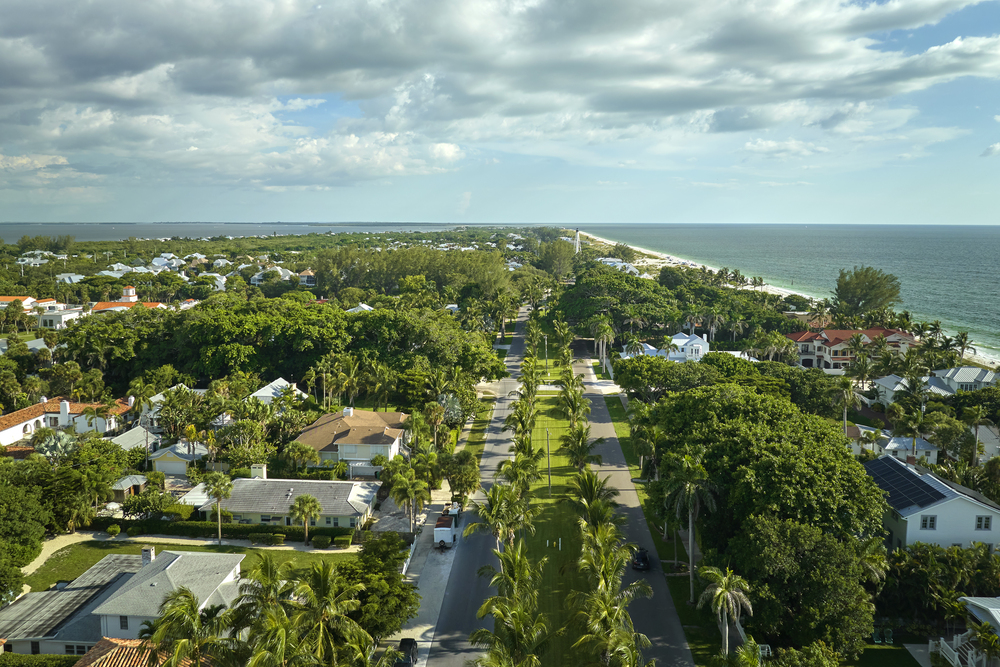
LA housing costs are definitely high, but millions of people with regular incomes manage to live there. The key is often living in less trendy neighborhoods, having roommates, or commuting from more affordable areas.
Many young professionals start in smaller apartments and work their way up, just like in other expensive cities. The entertainment and tech industries do pay well enough to support the local economy. Creative financing and lifestyle adjustments make it work for more people than the horror stories suggest.
The Food Scene is All Health Food and Juice Bars

LA’s restaurant scene goes way beyond kale smoothies and acai bowls. The city has incredible diversity in cuisine, from authentic taco trucks to high-end sushi bars. Korean BBQ, Ethiopian food, and fusion restaurants reflect the area’s immigrant communities.
Food trucks serve everything from gourmet burgers to traditional Mexican dishes. While healthy options are definitely available, you can easily find comfort food, barbecue, and indulgent treats throughout the city.
Like Travel Pug’s content? Follow us on MSN.
Everyone Lives in Mansions
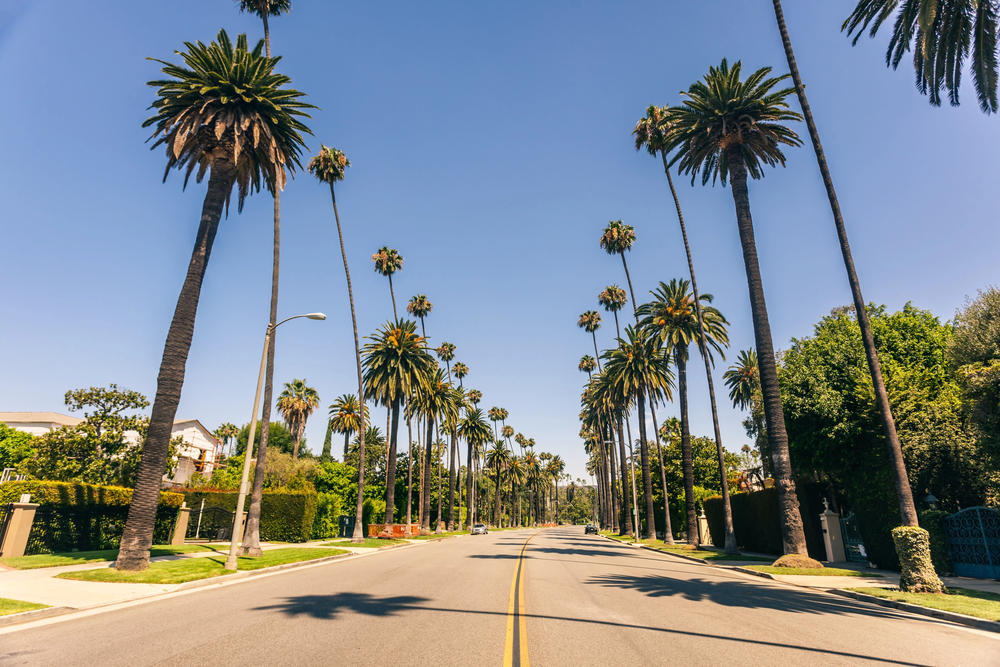
Most Angelenos live in apartments, condos, or modest single-family homes, not sprawling estates. The mansion image comes from TV shows and movies that focus on wealthy characters and neighborhoods.
Areas like Beverly Hills and Malibu get disproportionate media attention compared to working-class communities. Starter homes and rental properties make up the bulk of the housing market. Even successful professionals often choose smaller spaces in desirable locations over larger homes in distant suburbs.
LA Has No Real Neighborhoods
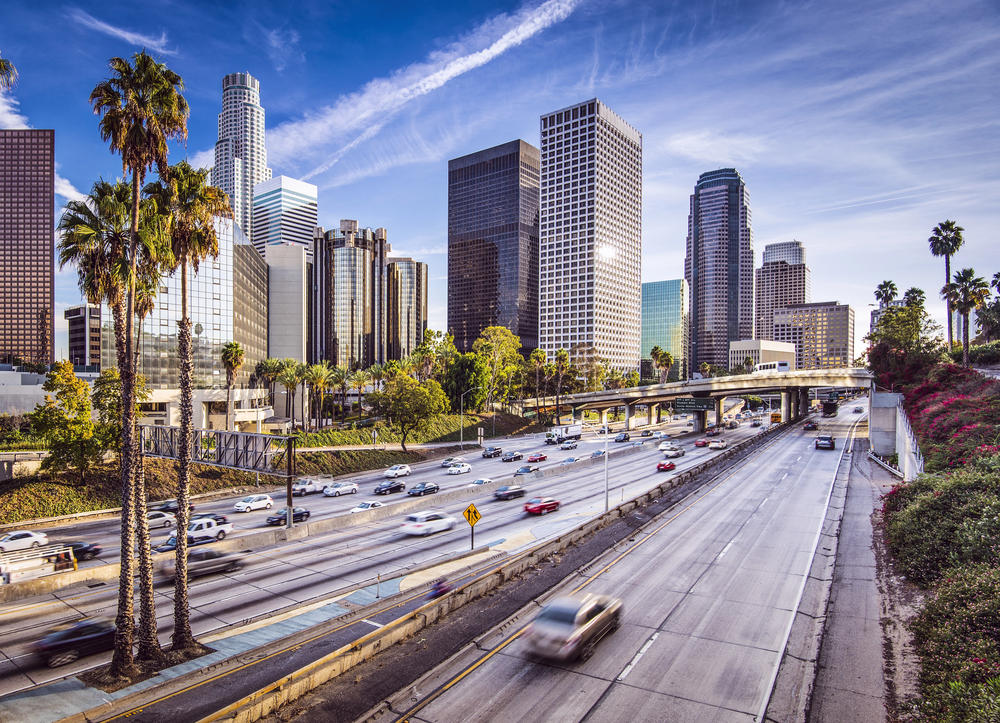
This myth probably comes from the freeway-focused view that many visitors get of the city. LA actually consists of dozens of distinct neighborhoods, each with its own character and community feel. Places like Los Feliz, Venice, and Pasadena have strong local identities and gathering spots.
Neighborhood farmers markets, local coffee shops, and community events create the same small-town feel you’d find anywhere. The key is getting off the main roads and exploring residential areas where people actually live.
You Need Connections to Succeed

While networking helps in any competitive city, plenty of people build successful careers in LA through hard work and talent alone. The entertainment industry gets most of the attention for its relationship-based culture, but other sectors operate more like traditional job markets.
Tech companies, hospitals, schools, and government agencies hire based on qualifications and experience. Small businesses and startups often care more about what you can do than who you know. The connection myth probably persists because people remember the success stories more than the everyday career paths.
Like Travel Pug’s content? Follow us on MSN.
The Weather is Perfect Year-Round
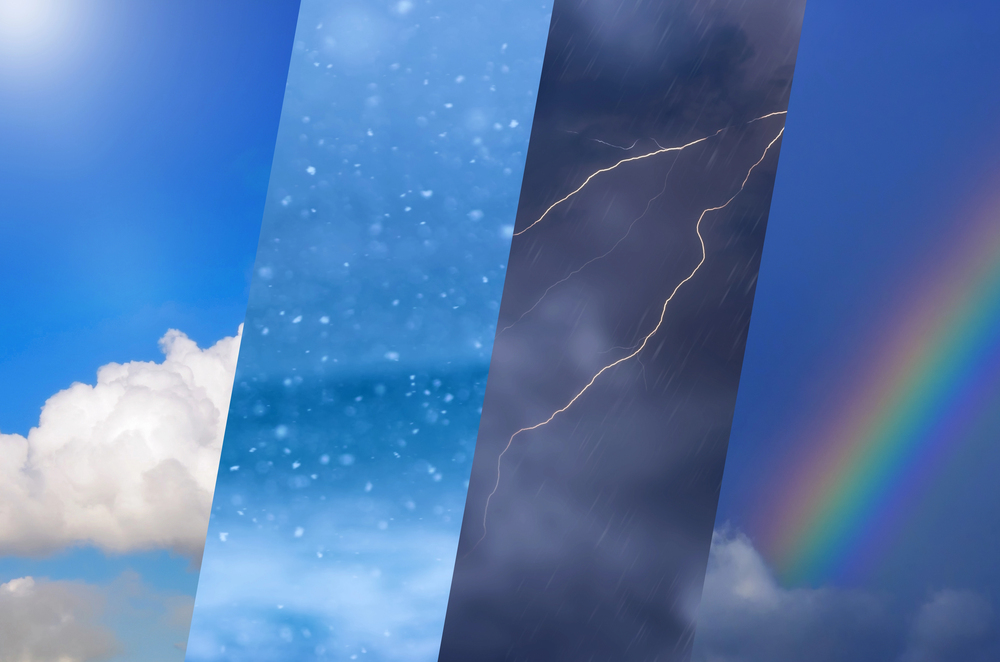
LA weather is generally pleasant, but it’s not the constant 75-degree paradise that many people imagine. Summer temperatures often climb into the 90s or higher, especially inland. Winter nights can drop into the 40s, and mountain areas sometimes get snow.
Santa Ana winds bring hot, dry conditions that increase fire danger and make everyone cranky. June gloom brings overcast skies and cooler temperatures to coastal areas for weeks at a time. The weather is definitely better than most places, but it has its own seasonal patterns and challenges.
What LA Really Offers Today
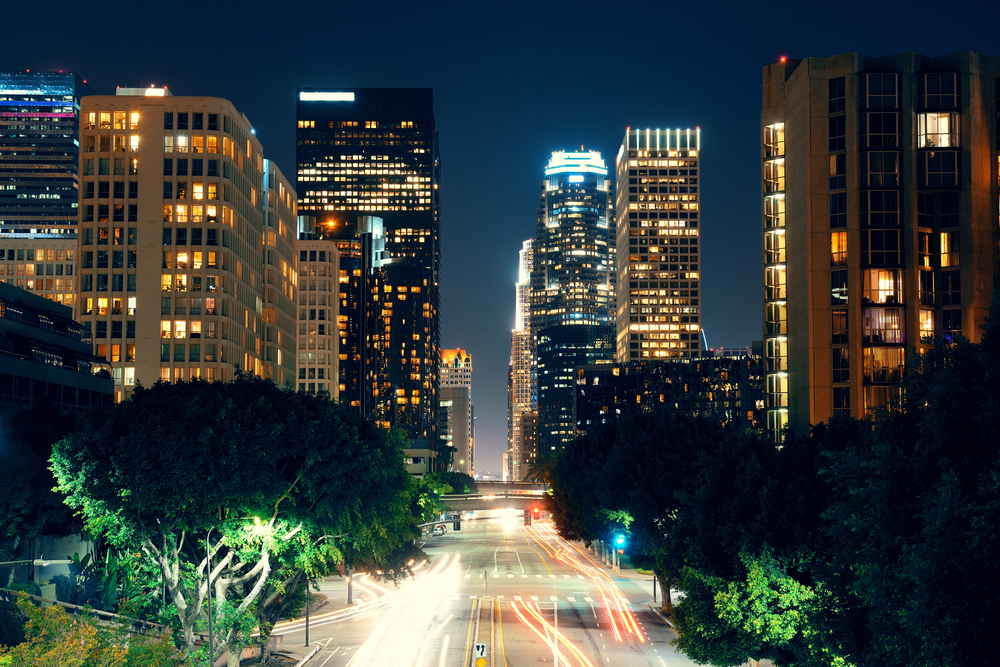
These myths persist because they contain tiny grains of truth wrapped in decades of exaggeration and Hollywood storytelling. The real Los Angeles is more complex and ordinary than its reputation suggests, but also more interesting and livable than its critics claim.
Today’s LA blends suburban practicality with urban energy, creating a place where people actually live and work rather than just chase dreams. Understanding the reality behind the myths helps explain why millions of people choose to call this sprawling, complicated, and genuinely unique city home.
More from Travel Pug

- 20 Best Beach Towns in the Carolinas
- 13 Destinations Where Tourists Regularly Regret Their Trip
- 20 Things You Actually Get in First Class
- 20 Small Airports With Aviation Museums
- 20 Places in the U.S. That Are Perfect for a Reset Trip
Like Travel Pug’s content? Follow us on MSN.
